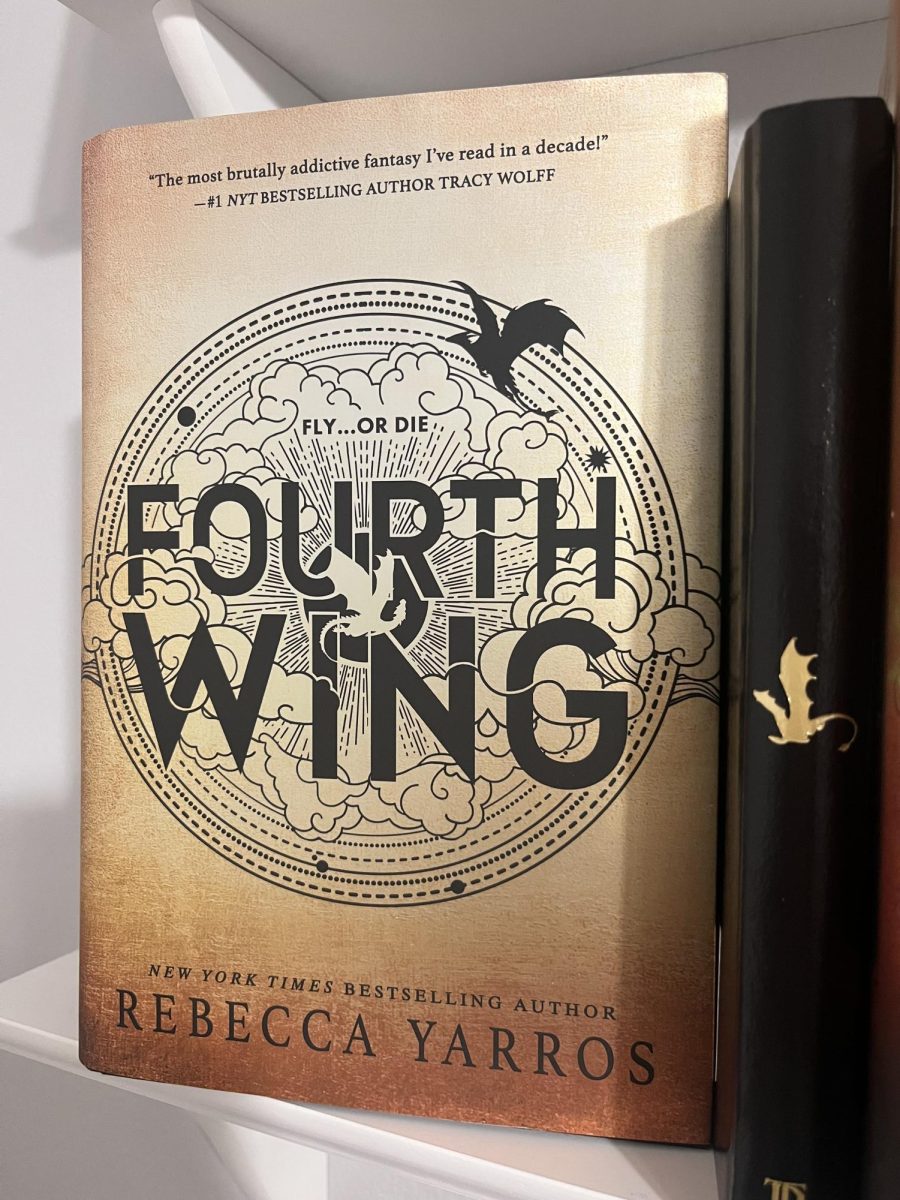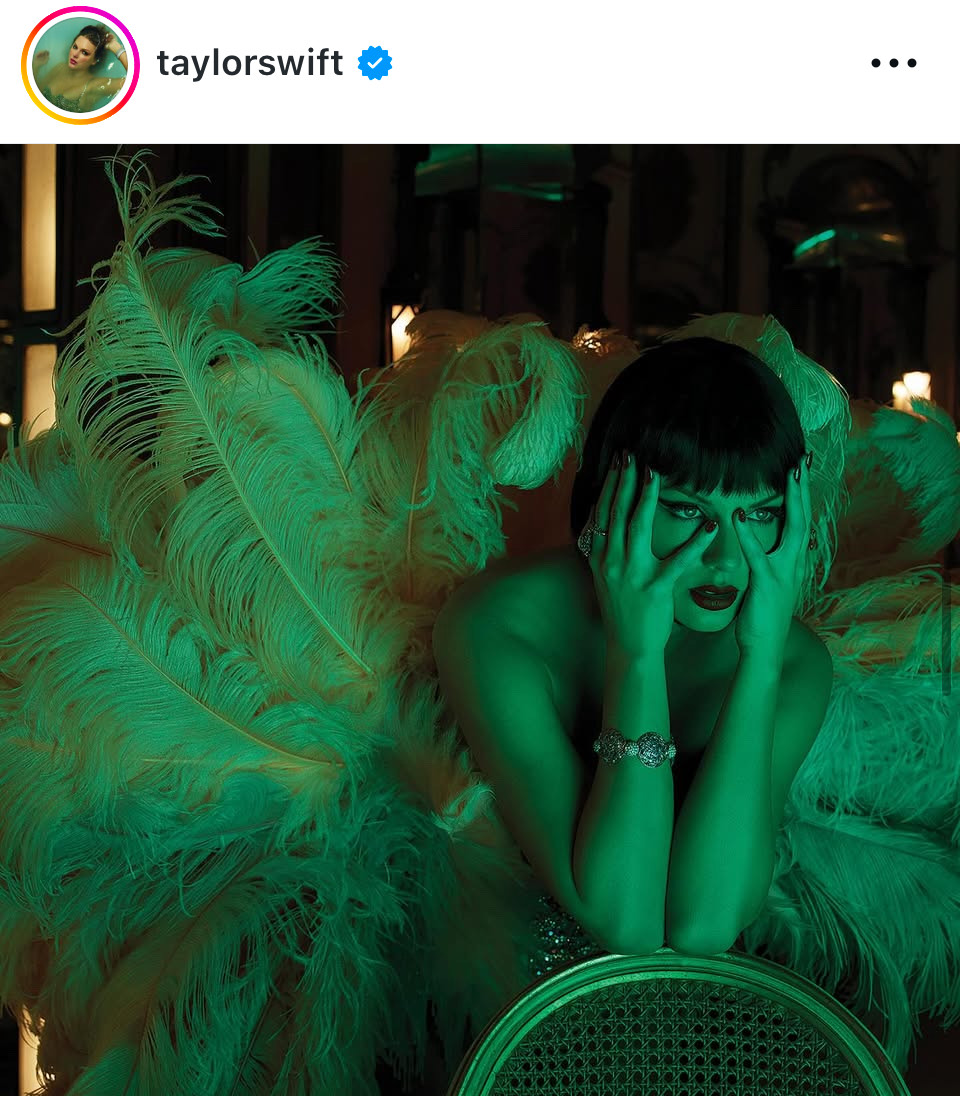Blastin’ Fast Fashion
April 4, 2022
A few months ago, I made my first ever purchase from Romwe. I bought a super cute tank top with these fun, vibrant colors, a pair of plaid pants that ended up not fitting me right, and a beautiful, ornate set of earrings shaped like butterfly wings— and all for less than $10! Since they then had a promotion, I didn’t even have to pay for shipping because my order cost more than $9.
The reason that this was my first purchase from Romwe, despite me being aware of the site years prior, was that I had abstained from buying from them on the premise that they are absolutely terrible to their workers and are a huge contributor to climate change. And that’s true— Romwe is an awful place to support with your dollar. Based in China, Shein, Romwe’s mother company, practices the same shameful standards for employee treatment and environmental awareness. The two brands both use sweatshops— hence why my order cost less than it would have in some second-hand stores.
Shein and Romwe are core collaborators in what wise consumers have dubbed “fast fashion.” Fast fashion is the sewn, stitched, and shopped equivalent of fast food— cheap, bad for you, and extremely wasteful. Unethical brands take advantage of young buyers— often teenagers, a little giddy with the power of their first ever debit card— and sell them inexpensive but often poorly-made products. Moreover, these brands target people with a small disposable income, giving them the opportunity to take advantage of trends at a heavy cost to the environment and to progressive workers’ rights movements.
The problem with fast fashion is that it is ridiculously addictive. Affordable, cute clothes? Sign me up! Healthier alternatives have their own problems; for instance, sustainable clothing brands drive their prices up, and thrift stores are only cheap and effective if you are particularly savvy and have a certain body-type. You can’t just find the next size up of a top you like at Savers. Meanwhile, Romwe carries sizes XS to XXL, so there is almost certainly something nice on their website to fit most people’s bodies. They even have a section marketed particularly to bigger girls called “Curve.” In addition, it’s not like most thrift stores are so supreme when it comes to labor. For example, Goodwill recently had a scandal involving how they tend to hire disabled employees specifically so they can legally be paid less than abled employees.
So how can we be conscious consumers when no shop is sinless? How can we stay on top of trends without hopping on the black line driving up environmental costs? How can we look good without the moral guilt of knowing our clothes were made by people years younger than us?
The answer is simple: we need to remember to reduce, reuse, and recycle. For a more detailed answer, let’s turn to fashion history.
Since approximately the Victorian era, the USA has seen cyclical trends. These trend cycles traditionally last about twenty years; that’s part of the reason the Y2k, which everyone was bemoaning only a few years ago, is all the rage at the moment. The idea of vintage things being trendy is hardly new; look, for example, at popular dresses from 1910 to 1930. Though hems began to rise (sometimes even above the knee) in the 1920s and a boyish, boxy cut was popular, the 1930s saw hems flow right back down to ankle-length and saw shapewear come back in style (though shapewear was no longer just corsets and stays and it had been prior to the advent of the 20th century). World War II temporarily halted the fashion cycle as women had to ration fabric, resulting in the silhouette of the 1920s not coming back until the 1960s.
With this in mind, regard the trends of the past few years. Instead of a singular fashion defining the era, the 2020s have seen a resurgence in the power of subcultures. Subcultures practically died out in the early 2010s when such movements like Scene and Emo became the subject of online scorn. But after the rise of Tik Tok, which popularized formerly small movements like E-girl and Cottagecore, subcultures are back with a vengeance.
The problem is that now, instead of emphasizing creativity and thrift, subcultures come with a dress-code that can only be bought through fast-fashion. Romwe has, on its website, sections specifically carrying Y2k, preppy, sporty, and E-girl looks. This is antithetical to many subcultures’ main ideology. Let’s take a short look at how the punk subculture’s clothing came about in the first place. Leather jackets were popular because they had gone out of fashion after greasers grew into adulthood, and they were cheap at second-hand stores. Crust-jeans— that is, denim pants on which one sewed home-made patches and messages and that one rarely, if ever, put in the washing machine— were an easy way to demarcate oneself from traditional fashion. Most platform boots were even homemade, often via duct tape.
But since the punk subculture was first commodified, these products are, instead of being home-grown, sold in fast-fashion stores— sometimes at a very high price. When you see the pretty punk girl on your For-You Page on Tik Tok wearing DollsKill, an expensive fast fashion brand, you might think that you need the same $100 pristine-looking boots as her to fit in.
The effect of the re-emergence of subcultures has been that the trend cycle is shorter and shorter. In 2020, the 70s were back in fashion. Now, you can find those 70s looks on thrift-store shelves, only two years later. To stay on top of trends, people are forced to look to fast fashion because styles come and go so quickly. Fast fashion happily provides a solution to the peer pressure and insecurity produced by such a curtailed trend cycle: buy more clothes!
The only way to reject this notion is to go directly against it. Shopping exclusively at thrift stores doesn’t necessarily help because it doesn’t get at the root problem of the trend cycle being severely shorter than usual, and, as aforementioned, it comes with its own problems. Aside from the labor in thrift stores often being underpaid and demeaned and aside from sizes sold at thrift stores only fitting some body types, over-shopping at thrift stores can lead to people who genuinely can’t afford to shop elsewhere (and who might not have access to a computer or credit card so they can’t buy from fast fashion conglomerates like Shein, either) not having the clothes that they sincerely need.
So, in short: reduce.
As for the next R, allow me to introduce the idea of upcycling. Upcycling is a process by which one takes old clothes and reuses the fabric to make new clothes. Though at the time they were called “re-sewn,” the concept of upcycled clothes has existed since before the Georgian Era. It’s pretty easy, and it’s a good way of staying on top of trends. All you have to do is learn how to sew and you’re set.
And, of course, recycling. There is not a universal recycling process for fabric (yet), so the best way of putting your used clothes back into the environment is to donate them to thrift stores or charity drives. This way, you can rest assured knowing that your clothes have been put to good use covering someone else’s back.
But this is all at an individual level. What can we do as a society to fight back against fast fashion corporations? The first thing that you can do is publicize your boycott. Get other people to join in. Be sure to make it clear what you are fighting against and present others with solutions. Find other movements that you can put your support behind. When these movements gain enough strength, you’ll have more political power, and will eventually be able to petition the government. The second thing is to write to your Congress representative, making sure that they understand that your interests and special interests are not the same. Make clear that you are against a) the underpayment and maltreatment of workers, and b) the pollution of our environment.
After a grand total of two purchases, I am abstaining from Romwe, no matter how tempting it is, and I’d advise you to do the same. Stop buying in excess from Shein or H&M or Target or Walmart or Hot Topic. Limit your purchases, make your clothes last, and, when you’re done with your clothes, donate them to organizations that can use them. It’s better for the world at large, and it’s better for you.




